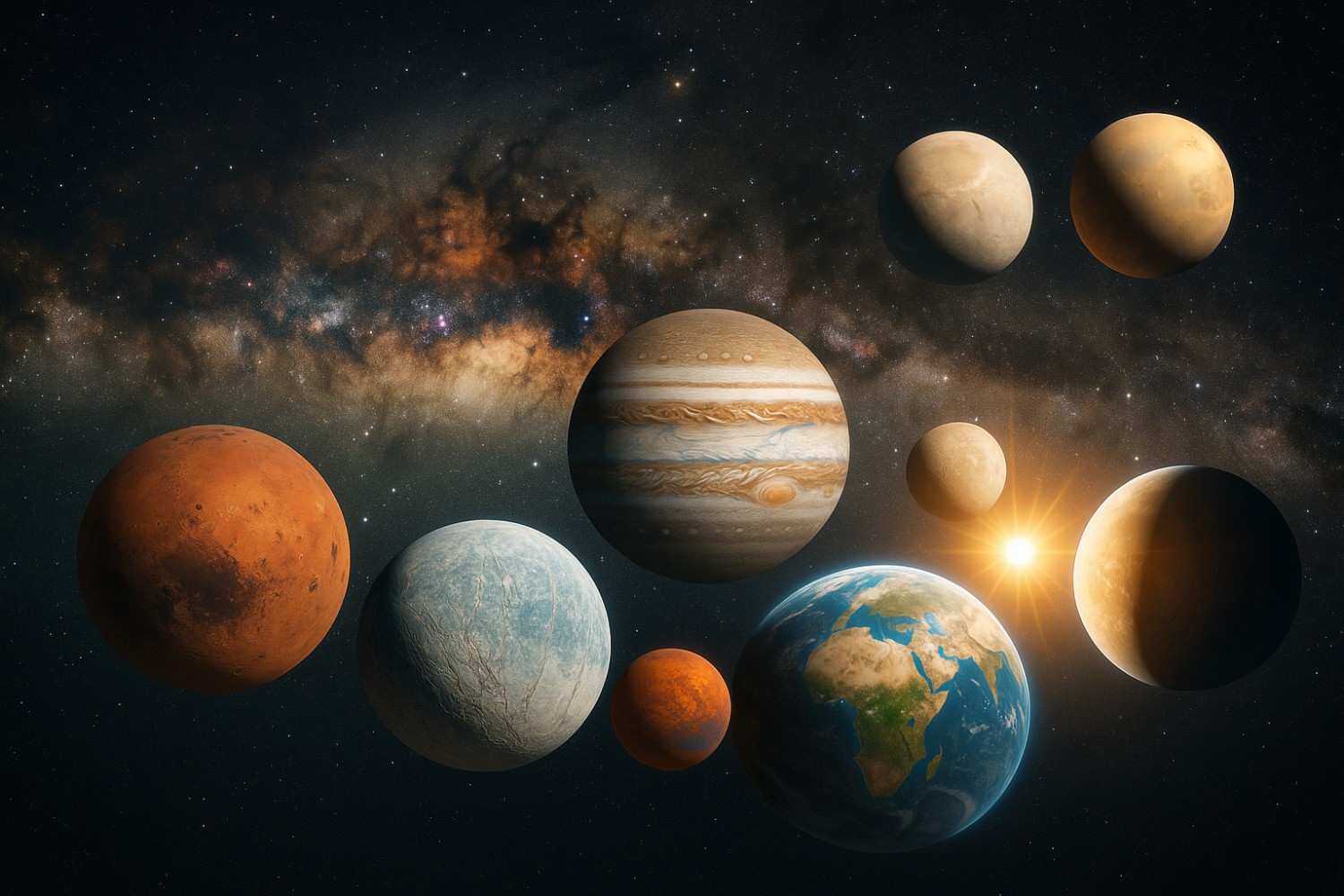The search for extraterrestrial life has evolved far beyond the idea of little green men on Mars. Scientists now recognize that the universe teems with diverse environments where life could potentially exist. From hidden oceans beneath icy crusts to swirling clouds of gas giants, the cosmos presents intriguing locations where biology might flourish under the right conditions. Here are 15 fascinating space spots that could harbor life—either as we know it, or in extraordinary new forms.
1. Mars
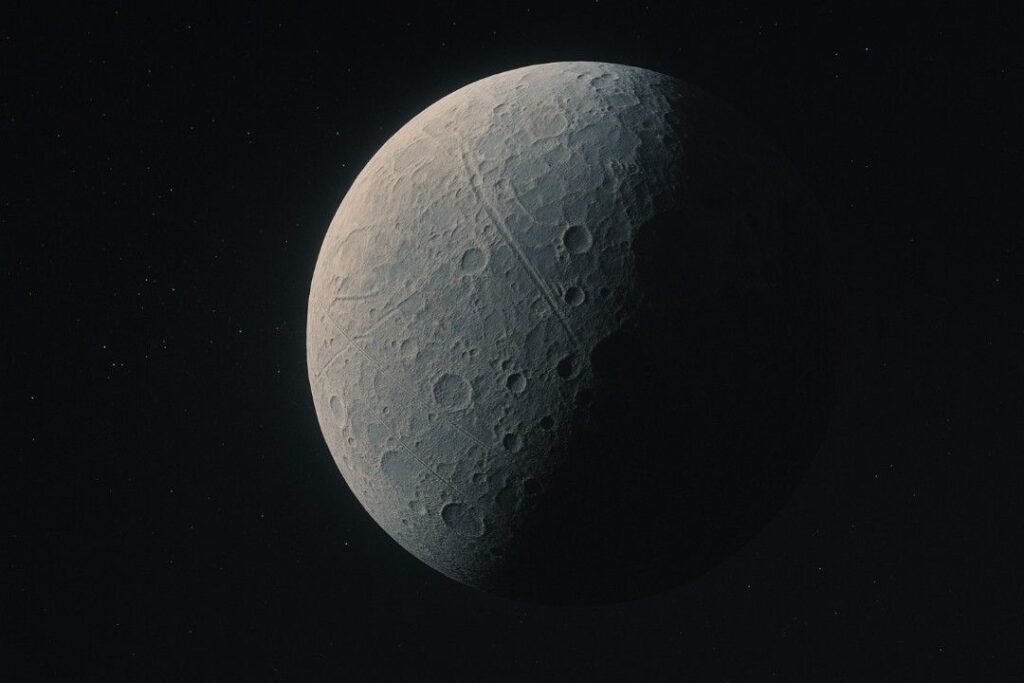
Mars has long captivated humanity’s imagination with its rusty surface and ancient riverbeds. Evidence suggests the Red Planet once had liquid water, and today, briny water may still trickle beneath its surface. Seasonal methane emissions hint at possible microbial life or geological activity. With upcoming missions targeting the search for biosignatures, Mars remains a leading candidate for finding alien microbes, especially in subsurface regions protected from harsh surface radiation.
2. Europa (Moon of Jupiter)

Jupiter’s moon Europa is a frozen world with a subsurface ocean believed to contain more water than all of Earth’s seas combined. Tidal forces from Jupiter generate internal heat, keeping Europa’s ocean liquid beneath its icy shell. The potential for hydrothermal vents on the ocean floor raises the prospect of microbial or even more complex life forms, similar to those thriving in Earth’s deep-sea vents, feeding off chemical energy rather than sunlight.
3. Enceladus (Moon of Saturn)
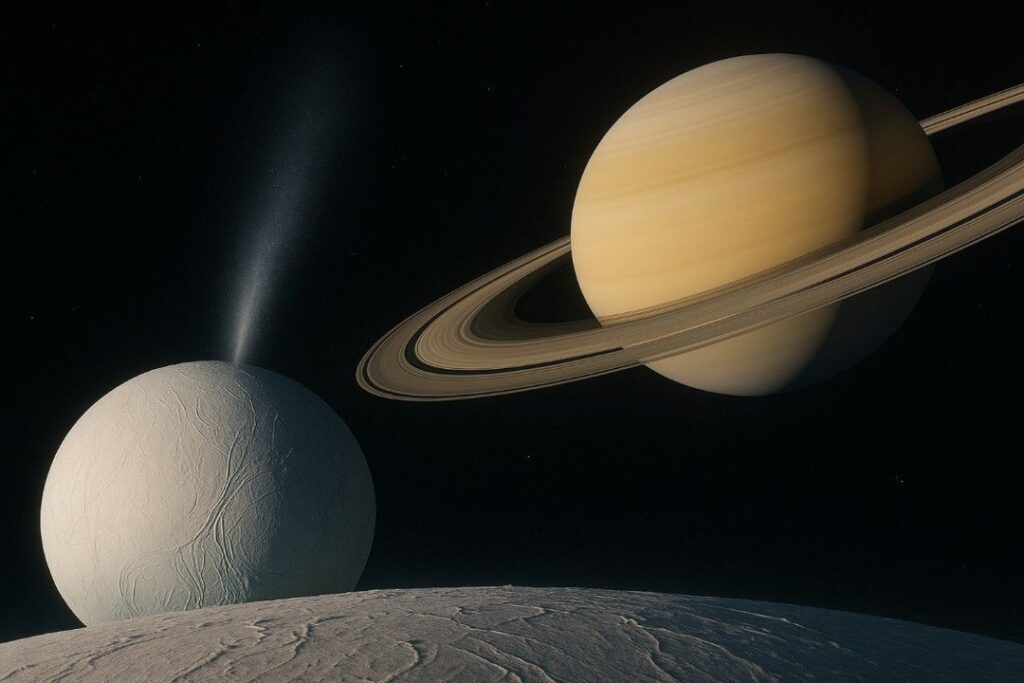
Saturn’s moon Enceladus dazzled scientists when its geysers shot water vapor, organic molecules, and salts into space. These plumes are believed to originate from a vast salty ocean beneath Enceladus’s icy crust. The presence of molecular hydrogen, a potential energy source for microbes, strengthens the case for habitability. Enceladus’s accessible plumes make it an appealing target for future missions seeking direct evidence of life.
4. Titan (Moon of Saturn)
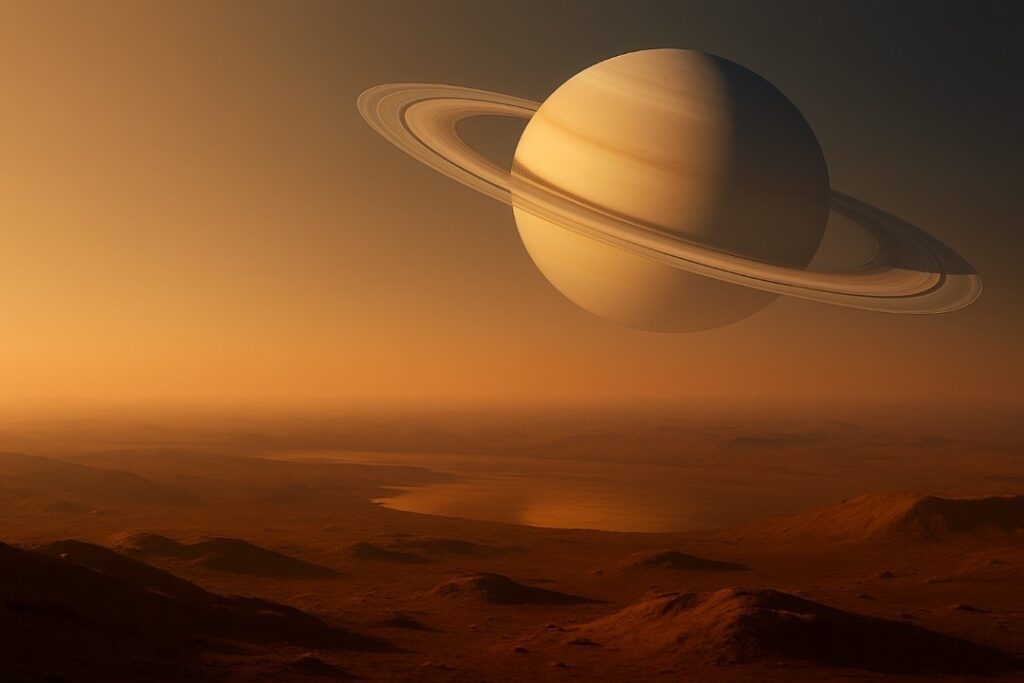
Titan, Saturn’s largest moon, boasts lakes and rivers of liquid methane and ethane on its surface. Though frigid and alien, Titan’s chemistry is incredibly rich, and its thick atmosphere shields it from radiation. Some scientists hypothesize that exotic life forms could exist, metabolizing hydrocarbons rather than water. Additionally, an underground water ocean may provide more familiar, Earth-like conditions for life to emerge and survive.
5. Venusian Clouds
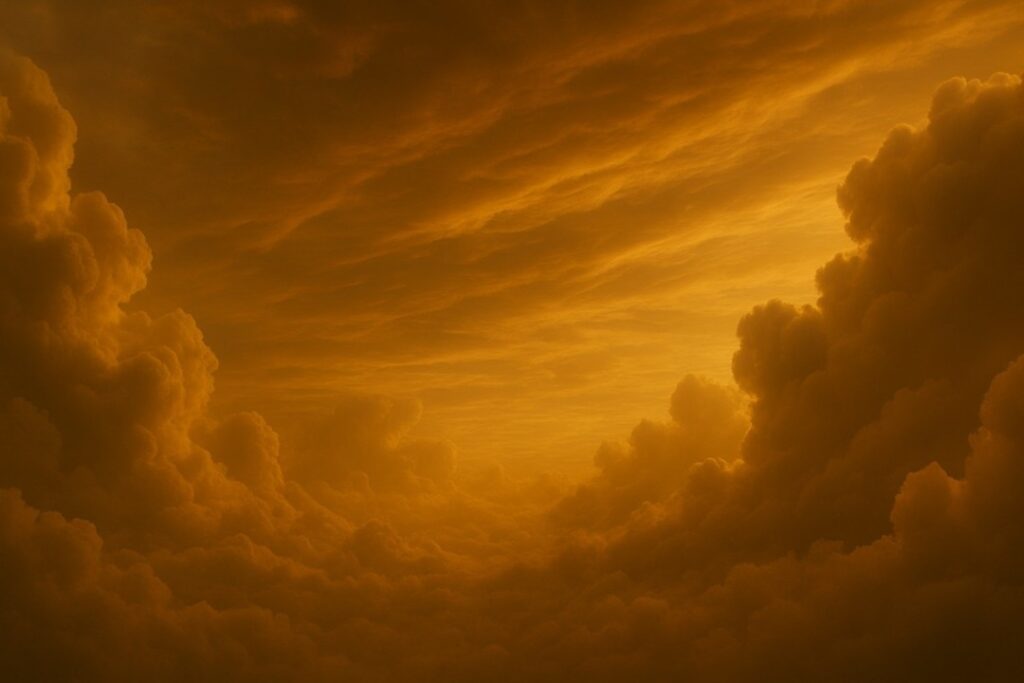
Despite Venus’s searing surface, its upper cloud layers maintain milder temperatures and pressures, with abundant sulfuric acid droplets. In 2020, the possible detection of phosphine—a gas potentially associated with biological processes—sparked renewed interest. If extremophilic microbes exist on Earth, it’s conceivable that similar forms might survive in Venus’s acidic, temperate clouds, feeding on chemicals carried aloft by atmospheric currents.
6. Ganymede (Moon of Jupiter)
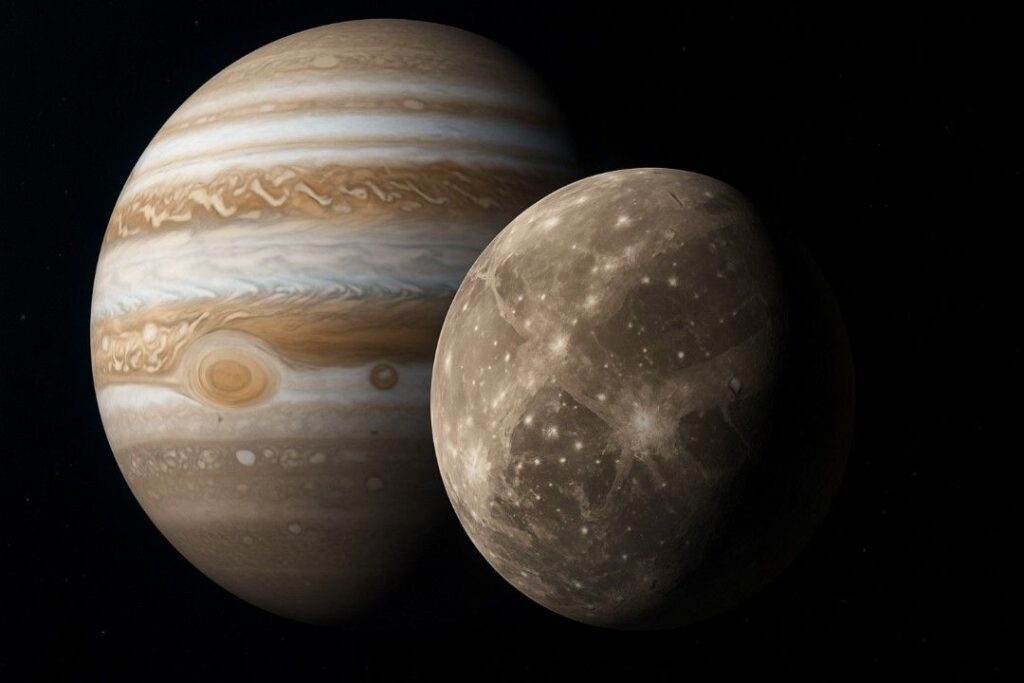
Ganymede, the largest moon in the solar system, is now believed to harbor a saltwater ocean sandwiched between layers of ice. Its internal magnetic field suggests a dynamic core and ongoing geological activity, both favorable for sustaining life. Models suggest this ocean could be up to 100 kilometers deep, providing ample space for unique ecosystems protected from space radiation by thick ice.
7. Callisto (Moon of Jupiter)
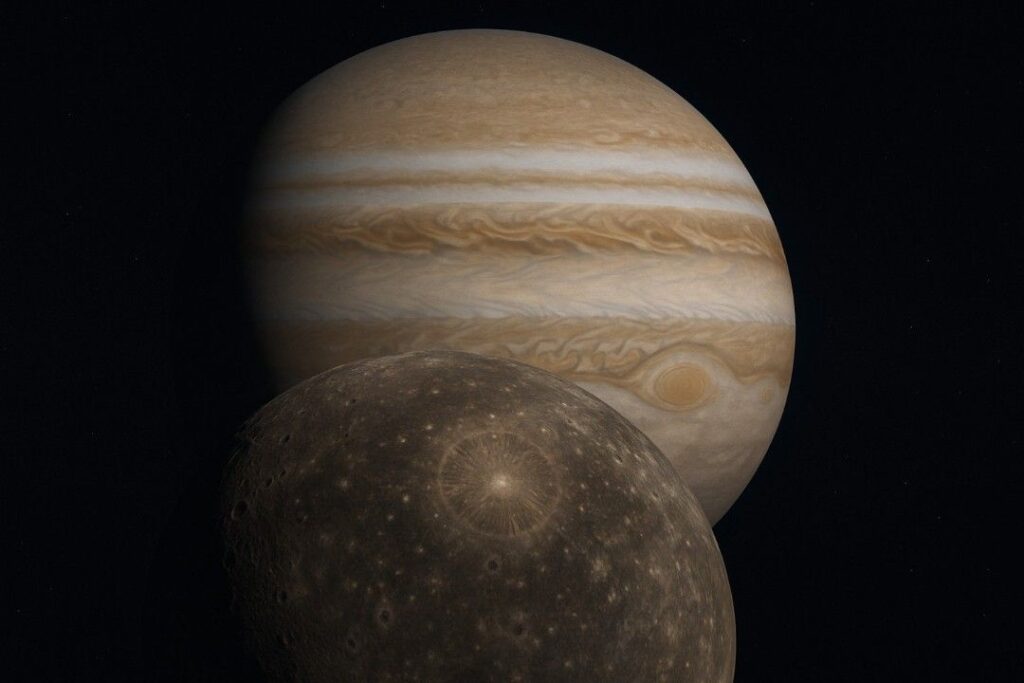
Callisto, another Jovian moon, may possess a subsurface ocean beneath its heavily cratered, ancient surface. While less geologically active than Europa or Ganymede, Callisto’s ocean could remain stable for billions of years, offering a long-term refuge for microbial life. Its distance from Jupiter also means less radiation exposure, creating a relatively safer environment for potential organisms.
8. Ceres (Dwarf Planet)
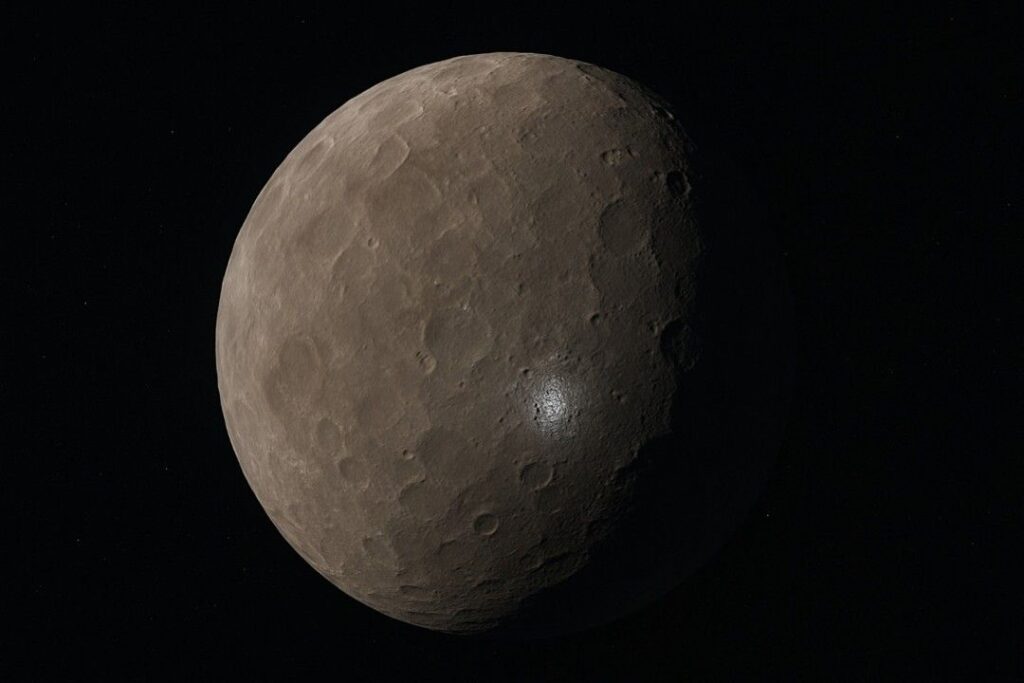
Ceres, the largest object in the asteroid belt, has intrigued scientists with its mysterious bright spots—thought to be deposits of salts and possibly water ice. Studies suggest that briny liquid water may occasionally rise close to the surface, providing short-lived habitats. Organic molecules detected on Ceres add to the intrigue, as they are essential building blocks for life.
9. Trappist-1 System
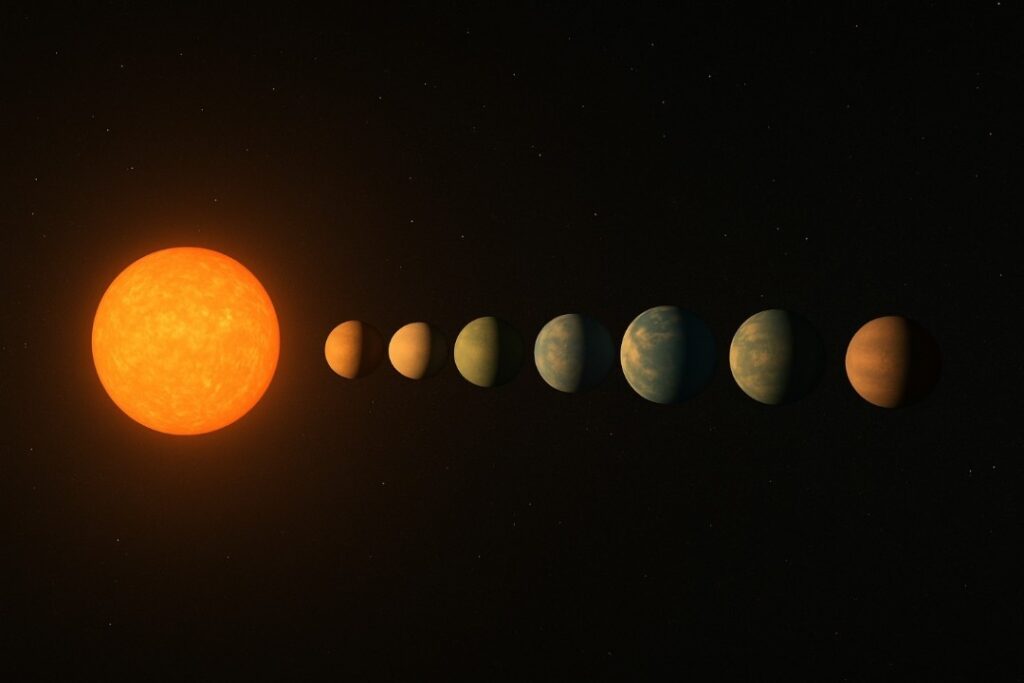
The Trappist-1 star system contains seven Earth-sized planets, three of which orbit within the habitable zone where liquid water could exist. These exoplanets have diverse compositions and may possess thick atmospheres or even oceans. Their close proximity to a cool, dim star means surface temperatures could support life, making Trappist-1 a prime target in the search for potentially habitable worlds beyond our solar system.
10. Proxima Centauri b
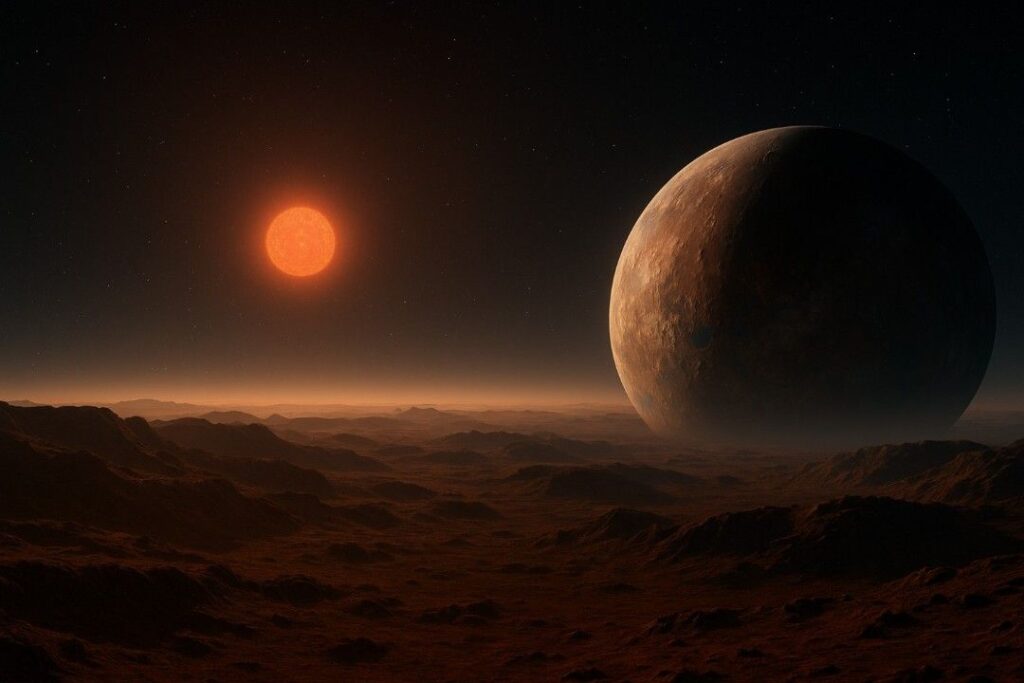
Orbiting the nearest star to the Sun, Proxima Centauri b is a rocky exoplanet within its star’s habitable zone. While exposed to frequent stellar flares, its potential for a protective atmosphere or magnetic field could make surface or subsurface life possible. The proximity of Proxima Centauri b makes it an attractive target for future telescopic studies and even interstellar probes.
11. Kepler-452b
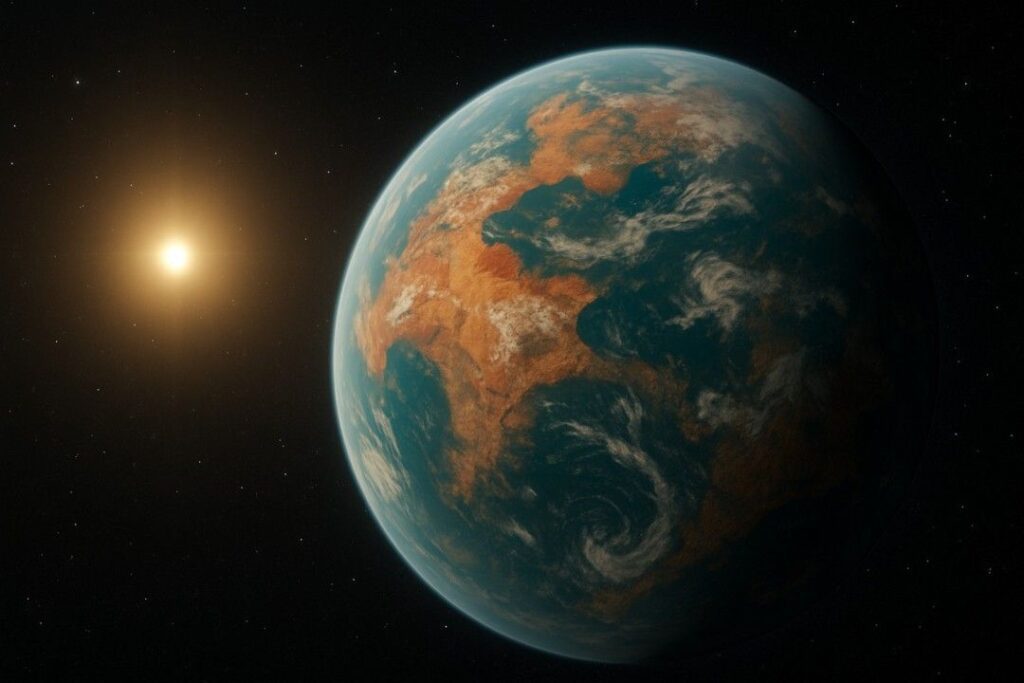
Often dubbed “Earth’s cousin,” Kepler-452b is a super-Earth exoplanet in the habitable zone of a sun-like star. Slightly larger and older than Earth, this world could host liquid water and a stable climate. While no direct signs of life have been found, Kepler-452b exemplifies the kind of exoplanet where Earth-like conditions, and potentially complex life, might develop.
12. Gliese 581g
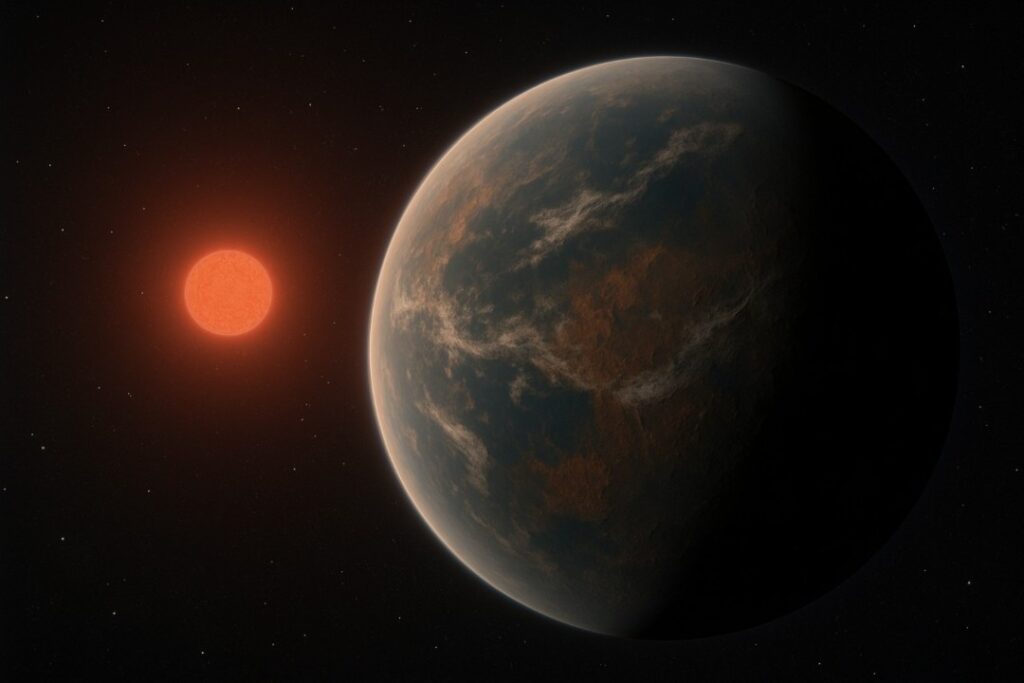
Gliese 581g, if its existence is confirmed, resides in the habitable zone of its red dwarf star and could have the right conditions for liquid water. Its location suggests a stable environment where life could persist for long periods. Although red dwarfs are notorious for stellar activity, a thick atmosphere or magnetic shield could protect potential life on or beneath the surface.
13. Rogue Planets
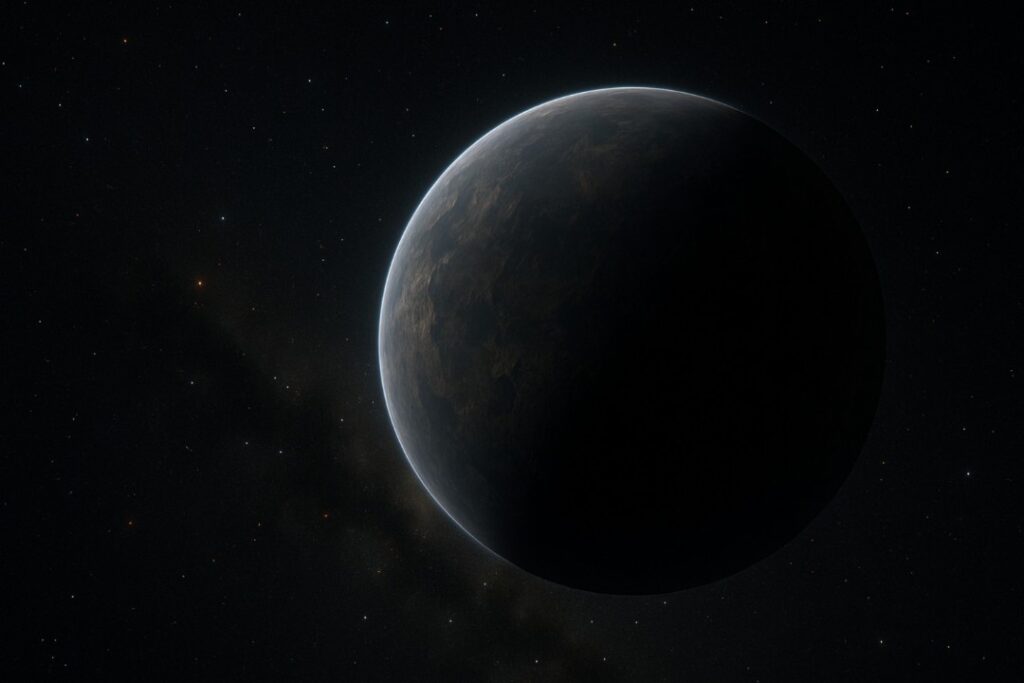
Rogue planets drift through the galaxy untethered to any star, but they could still harbor life. Internal heat from radioactive decay or tidal forces might keep subsurface oceans warm, much like moons in our solar system. If life is found on a rogue planet, it would suggest that biology is remarkably adaptable and not limited to the warmth of starlight—a revolutionary discovery.
14. Exomoons

Just as moons like Europa and Enceladus intrigue us, exomoons—moons orbiting planets outside our solar system—could be fertile ground for life. If large enough, with the right atmosphere or tidal heating, exomoons may support oceans or thick atmospheres. Detecting such moons remains challenging, but future telescopes may reveal their potential as alien habitats.
15. The Subsurface of Dwarf Planets Beyond Pluto

Beyond Pluto, in the distant Kuiper Belt, lie many dwarf planets such as Eris and Sedna. These icy bodies could conceal subsurface oceans, kept warm by radioactive decay or ancient collisions. Organic molecules and water ice have already been detected on some of these objects, suggesting environments that—while extreme—might still nurture primitive life forms.

